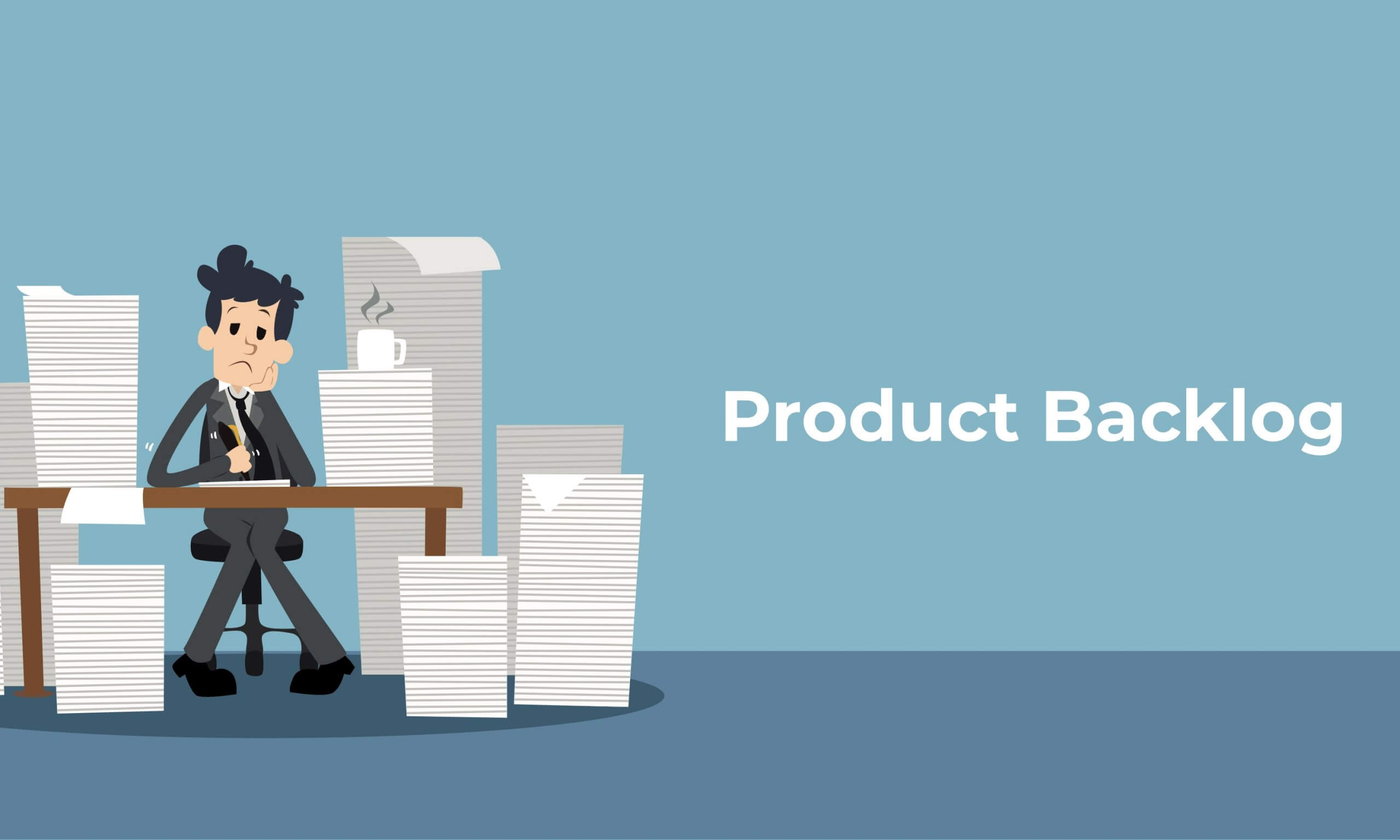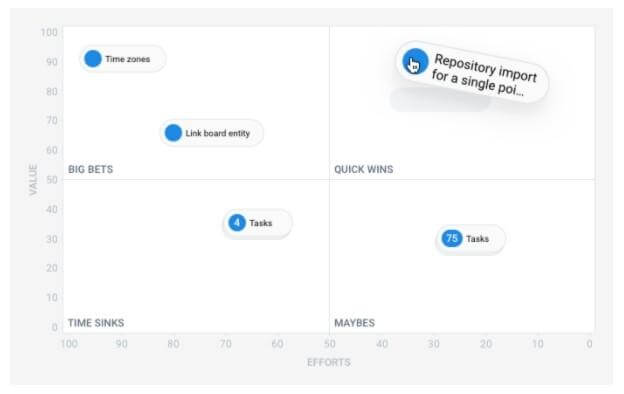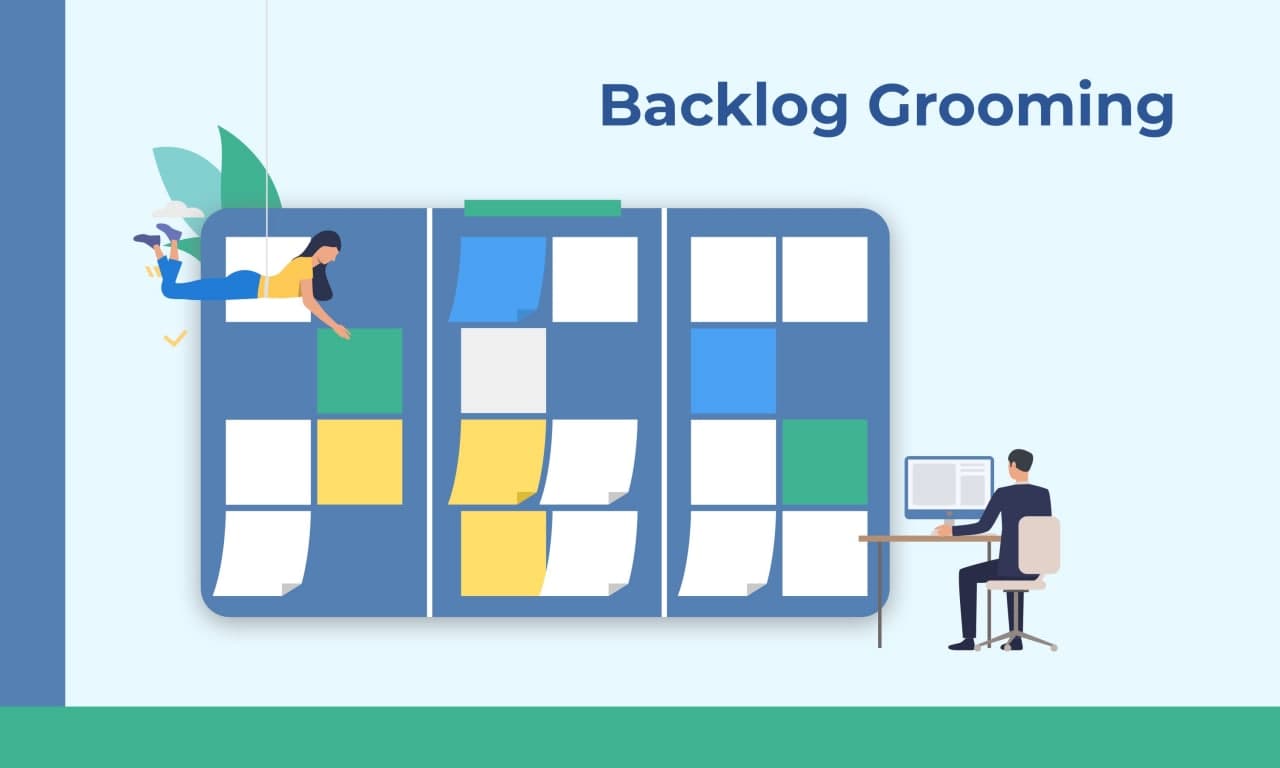11 Tips on How to Improve Backlog Management

Managing product backlog can be challenging even for the most experienced product owners and product managers. Sometimes it’s required to wrestle with overly long and detailed backlogs.
What is the power of the backlog in product management? And how to manage it to accelerate the product success? In this post, you’ll find 11 practical tips that will be helpful in working with your product backlog effectively.![]()
How to Improve Backlog Management

1. Do the prep work
Before starting to manage product backlog define and validate the product strategy. A well-described product strategy is a way to realize your vision.
2. Focus in a right way
Focus your backlog on the upcoming release as it’s a strategic tool where all product details, epics and user stories that have to be implemented are described.
The longer-term growth of the product should be fixed in the product roadmap.
3. Keep the backlog manageable
Sometimes product owners can admit 100, 200 and even more product backlog items. It looks uncontrolled and hopeless. In this case, it is really hard to manage and create transparency. It’s quite logical that it’s not easy to say where the product is heading towards.
As a product manager or a product owner, you have to decide what not to do, to maximize outcome by minimizing output.
4. Apply Product Roadmap
Complement the backlog with a smart roadmap to sketch the overall way you want to take your product on. This is a kind of basement for successful backlog management.
The product roadmap will help you to state the upcoming releases with their crucial goals or benefits. Discover the right backlog items. It will ensure that the backlog is aligned with the global product strategy.
5. Collaborate
The collaboration of product managers and the development team is the important aspect of backlog management. Involve your team members in the product backlog discussions. It will help to discover technical risks and dependencies, to increases the understanding and buy-in of the team members and get clearer requirements.
It’s not necessary to hide the backlog deeply. Make it transparent to the stakeholders so they can check the last status and provide useful feedback. This will support creating the foundation and make difficult decisions.
7. Be proactive and groom it
Your Product Backlog will be healthy if you regularly groom and refine it in collaboration with the development team.
Product grooming is critical in product management because this process increases the chances of creating a product that users really want and it keeps the product backlog up to date.
Analyze the feedback and apply new insights to the product backlog. Remove unnecessary and add new, update existing items. And be sure to not confuse Product backlog grooming and sprint planning.
8. Look beyond user stories
User stories are crucial and they are surely required but they are usually not enough. Do not hesitate to consider the user interaction, nonfunctional qualities of the product, and the user interfaces and fix them in the backlog.
9. Regularly review your roadmap
Review and adjust. If you work in Agile, changes are likely to occur. Review and update your product roadmap periodically between every 3 weeks to every 3 months. It depends on how young your product and how dynamic the market is.
10. Prioritize your product backlog
Prioritization is the key point. You should decide how soon a specific item should be implemented. Addressing uncertain items early allows to test the ideas and learn how to continue.
In Hygger you can prioritize and order all ideas and plan iterations easily. Set up Value and Efforts parameters for each idea.
Comparing the combination of Value and Efforts of each task will help you prioritize the tasks better and choose the most important tasks for development.
- Value assessment will show which business value the feature can bring to your product or your business.
- Efforts measure the resources needed to complete the task.
11. Visualize it
You can simply use a paper-based backlog and put it on the wall. However, there are smart ready solutions for visualizing – product backlog management tools. One of them is the Backlog Priority Chart. It alerts you when the backlog is becoming too big.
This tool defines important and less important tasks. In Hygger you will find 4 segments on this chart, each of them representing a priority block:
- Time Sinks (tasks are not worth working on at the moment).
- Maybes (tasks that do not bring a lot of value but are easy to implement. They can be fulfilled later).
- Big Bets (tasks that can bring a lot of value but are as well hard to implement).
- Quick Wins (tasks are valuable and quite easy to implement).
How do you manage your product backlog? Were the mentioned tips useful? Perhaps, you have something to add. Feel free to do it in the comments.





